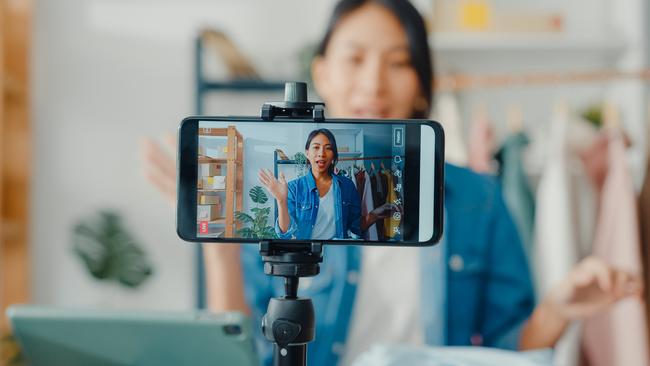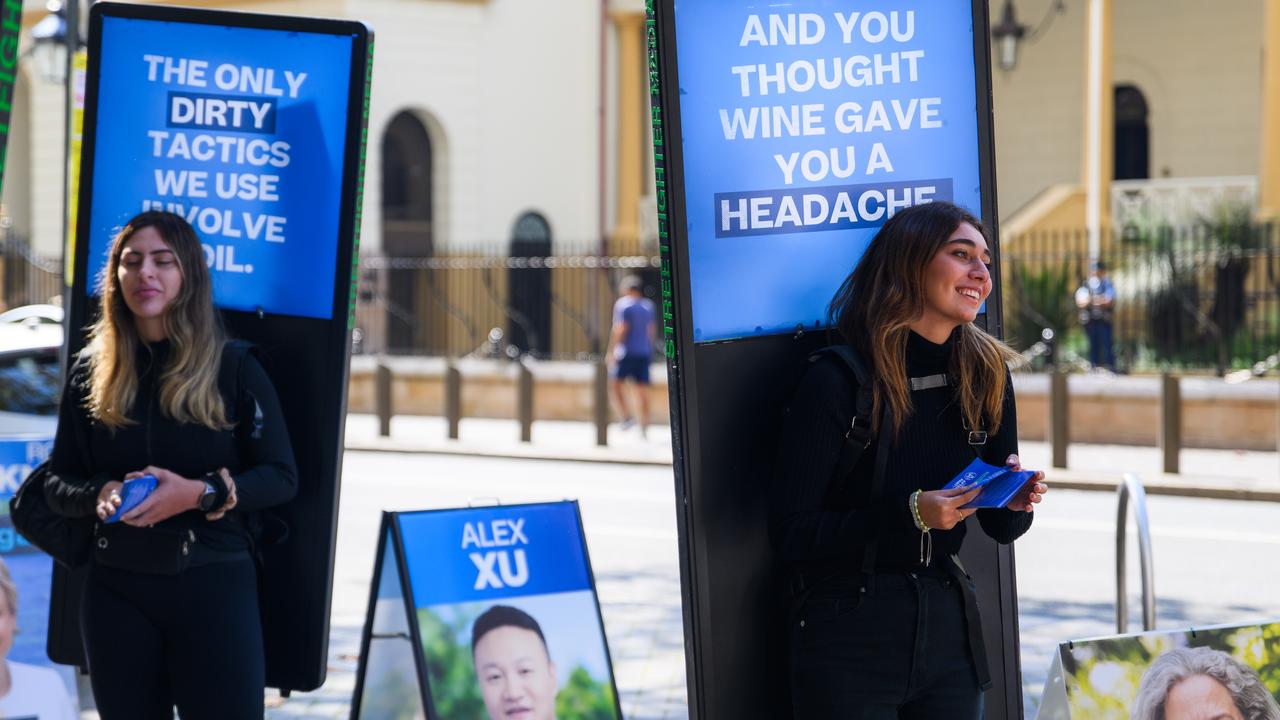Brands increase investment in social media video content
Research shows marketers are increasing their investment in social media video content, as the battle to win consumer attention is fiercer than ever.

Content-hungry masses are driving rising interest – and marketing investment – in social media video content, according to new research shows marketers intend to increase content spending in the coming in the upcoming quarters, with video content as a top growth category.
The Getty Images data, which gathered responses from 1500 marketers internationally, including Australia, showed 88 per cent of marketers found video content most valuable on social media, and 65 per cent of consumers prefer consuming brand content in video format.
The brand-owned content across social media channels is diverse, from short videos that latch on onto viral trends, to long-form content, like Hilton’s 10 minute TikTok video, which commanded the attention of 4 million viewers within the first two days of its live time.
Kate Rourke, head of creative insights, Asia Pacific at Getty Images and iStock told The Growth Agenda the more brands are adopting digital-first approach to meet consumer’s appetite where they are consuming content.
“The ubiquity of social media as a communication vehicle across all business segments has accelerated the use of video content to capture consumers’ attention and drive business results. Video content has an innate ability to create a specific mood and evoke nuanced feelings and emotions, even in its shortest form.
In the context of social media, Ms Rourke said: “In a sea of still images, a video can help draw additional attention.”
Consumer behaviour is continuing to drive the trend.
On Meta-owned platforms Instagram and Facebook, both paid and organic short form video content (called Reels) has become the fastest growing content format. Reels comprise more than 20 per cent of time people spend in Instagram, while video overall comprises 50 per cent of time spent on Facebook.
Engagement is also rising; more than 2 billion Reels are shared every day around the world and plays across both platforms have more than doubled in the past year.
Naomi Shepherd, group industry director for Meta Australia said: “Short form video is brimming with entertainment, fun and content tailored to personal interests. Consumers love the relevance of the videos, the access to communities and the energy of the content, all driving a fresh pulse on culture.”
Forty per cent of Meta’s advertisers are running advertisements in Reels.
Creative “authenticity” is key to cultivating strong connections. Ms Rourke added: “To stand out, video needs to present authentic and realistic portrayals which connect with consumers on an emotional level and are not mundane.”
Post-pandemic, consumers are also seeking feel-good content that connection and video content can play a role in creating uplifting experiences, according to Getty.
“After years of limited human interaction, people continue to crave connection with family, friends, pets, and even nature and respond to visuals which depict positive interaction,” said Ms Rourke.
“As consumer engagement continues to shift, marketers have an opportunity to incorporate new video approaches and formats in their campaigns to effectively reach and engage with target audiences that are consuming content across formats and channels.”
Insurance challenger brand Youi said it is ramping up its social video content ad spend, with an uplift of 34 per cent across all social media channels in its marketing mix from FY22-23, including YouTube, Facebook and Instagram.
It also advertises on linear TV and broadcast video-on-demand. On Facebook, Youi has increased its ad spend by 75 per cent year-on-year and Instagram video by 90 per cent.
According to the brand’s chief marketing officer Angela Greenwood, the investment is a response to increasingly fragmented audiences and video viewing across a different platforms.
“That‘s an ongoing challenge for marketers, and we see that social video only growing in importance in how people consume video content. How we can fight that audience fragmentation is to really try to reach them in their platforms of choice,” Ms Greenwood said.
Youi’s social media video content has driven brand familiarity and consideration among its audiences. Ms Greenwood added that storytelling around its partnerships is particularly effective, such as its NRL sponsorship and “Stories of Change” content series which showcases stories of major career moments for players and referees. On average, when amplified on social media, its cost per view is almost half of Youi’s advertising-led video content.
“Both have their role to play and we still see value and efficiency in the advertising-led video, but it does highlight that amplifying great stories performs well.
“Regardless of what sort of outcome you‘re trying to achieve for the business, the creative approach is quite key. That battle for consumer attention is fiercer than ever. We’ve got literally seconds to capture it. So you need to have a very strong approach to how we develop compelling and thumb-stopping creative.”
Nick Hunter, chief executive of independent creative and production agency, PaperMoose, said he has noticed that amid tightening budget belts, brands are further focusing their attention on social media formats, including YouTube.
“For us, video has always been important but what we are seeing with the economic downturn the general trend to digital spend has been super charged,” Mr Hunter said.
“The other shift is that savvy marketers are realising that social is video and YouTube is social and ensuring that they are building content fit-for-platform and that it is highly engaging.” Brands are also shifting “massive” amounts of advertising spend to TikTok.
He said that the agency is also starting to see traditional “awareness” channels like TikTok and YouTube starting to drive conversion.
Engagement levels are also shifting in social video formats.
“We‘re finding some of our 90-second spots are having more play-through than some 30-second spots, just because they’re entertainment first and built for the right channels.”
“Content has always been king, but engaging content is more important now.”







